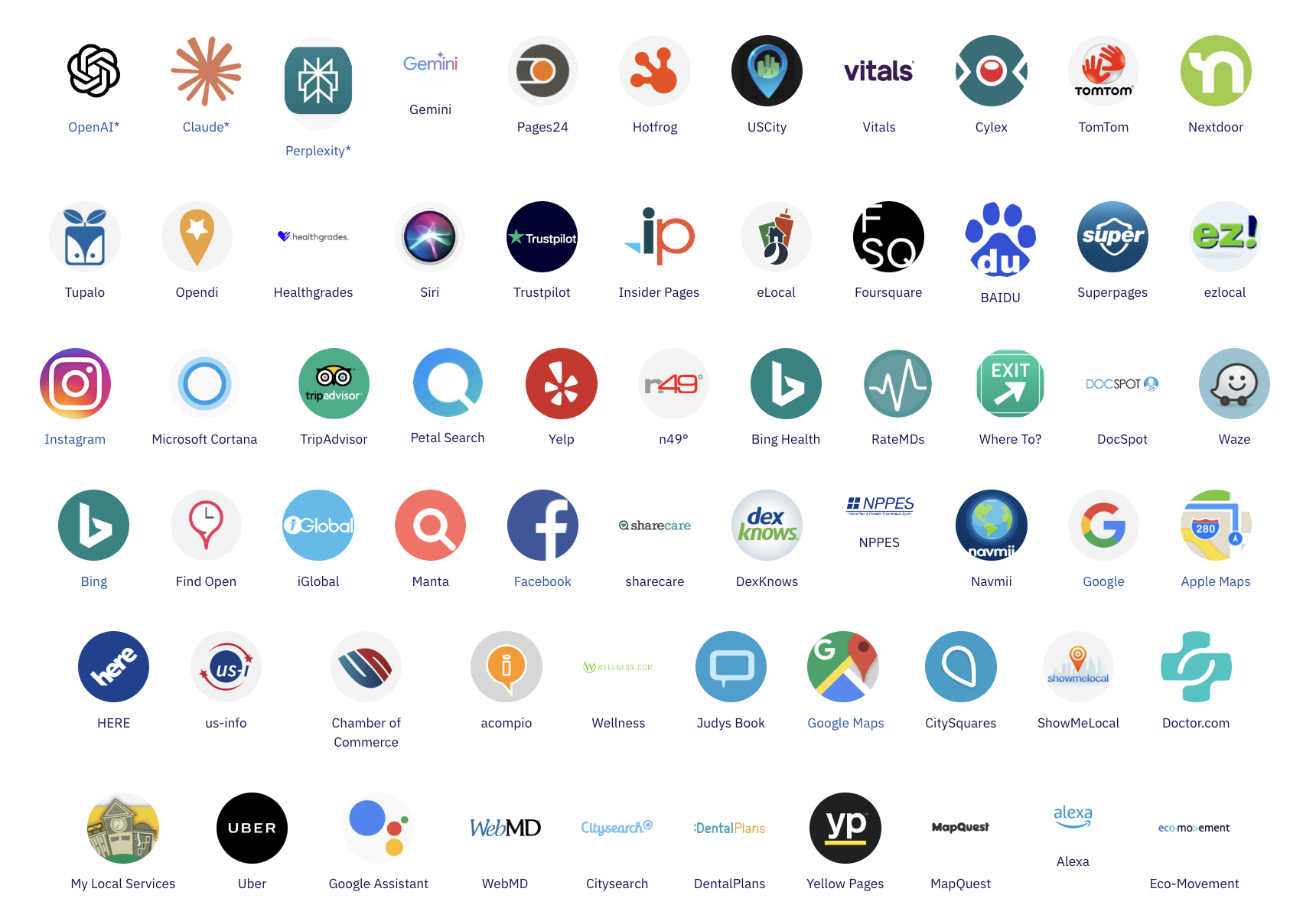Powerful SEO tools, big results — built for small businesses
Hike is the SEO platform built for small businesses. It gives you everything you need to grow your traffic and get found—from local listings and visibility to keyword research, content tools, backlinks, technical audits, and reporting—all in one place
And it's not just the tools. Kit, the AI SEO expert, uses them for you. So you get real results—more local customers!—without having to learn SEO yourself.
Love it or get a full refund
No long term commitments
14-day money back guarantee




















.webp)